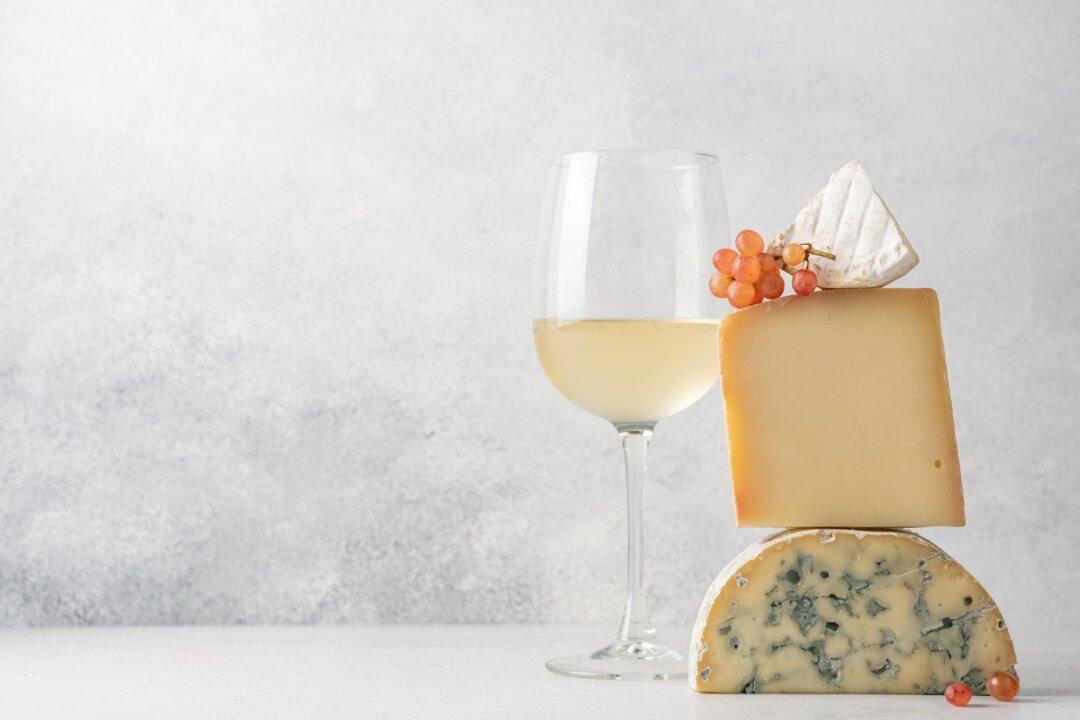Americans who consume domestic wines on a regular basis are always looking for decent values, if not bargains, and what they choose depends on how they consume wine.
Those who are satisfied with any generic white wine, or even a generic red (such as burgundy with a lowercase b), probably will be satisfied with any of the boxed wines we see in supermarkets. But once you begin to look at varietal wines, most people seek something slightly more distinctive.
If it really doesn’t make a difference whether you’re interested in a chardonnay, a zinfandel, or something else, there are usually plenty of choices in the $7 to $10 price category, which is where decent wines begin to show up. Yes, it’s possible to pay less than $7, but chances are the choices won’t be particularly appealing to anyone seeking varietal correctness.
Since chardonnay is the most popular white wine in the country, most people will assume that at virtually any price point, it will be easy to find something with the name chardonnay on it that’s inexpensive and fairly tasty.
If only it were that simple! Chardonnay is an interesting grape variety because it’s essentially a blank slate. It’s a grape that doesn’t have much individualism. It is vaguely fruity, but usually depends on what the winemaker chooses to do with it to make it fascinating.
The best of them are from grapes grown in cooler climates and usually in vineyards that produce scant amounts of fruit. Harvesting lots of fruit per acre is almost a guarantee of mediocre quality or worse.
The result is that grapes grown in warmer regions and in larger amounts almost always make cheaper wines. This includes chardonnay. Once you get to know what quality chardonnay is all about, you'll realize that the more you pay, the more interesting the wine becomes.
So, what is the best white wine value today?
Truly excellent chardonnays begin at approximately $20 per bottle, depending on many factors. For the very best value in white wine today, I always recommend sauvignon blanc.
Not only is it produced in many different regions throughout California, but it’s harvested relatively early, which makes it unlikely to be affected by the horrible smoke taint that affected later-picked grapes during the years of fires in California.
Several California wineries make excellent sauvignon blancs at reasonable prices.
One reason for suggesting them is that sauvignon blanc is a relatively assertive grape that often delivers more fruit and personality than most similarly priced chardonnays, and usually, they contain not only good acidity, but a slight amount of sugar to offset any tartness.
Unfortunately, there are very few red wine counterparts that I can easily recommend, partly because alcohol levels seem to be creeping up with some red wine grapes. And I do not prefer higher alcohol wines with my dinner.
To remedy that, I suggest Chilean merlot as an excellent inexpensive red wine, especially those whose alcohol levels (on labels) show 13.5 percent, or even lower.
Those who seek wines that are drier and offer more distinctive personalities seek out red wines from France, Spain, or Italy, notably red wines that will be good food companions and will probably not break the budget.
Wine of the Week
2021 Dark Horse Sauvignon Blanc, California ($9): This well-made line of wines includes several good values, but this one is clearly the best because of its unique varietal aromas and tastes, and the wine remains interesting even after being opened for a couple of days.





